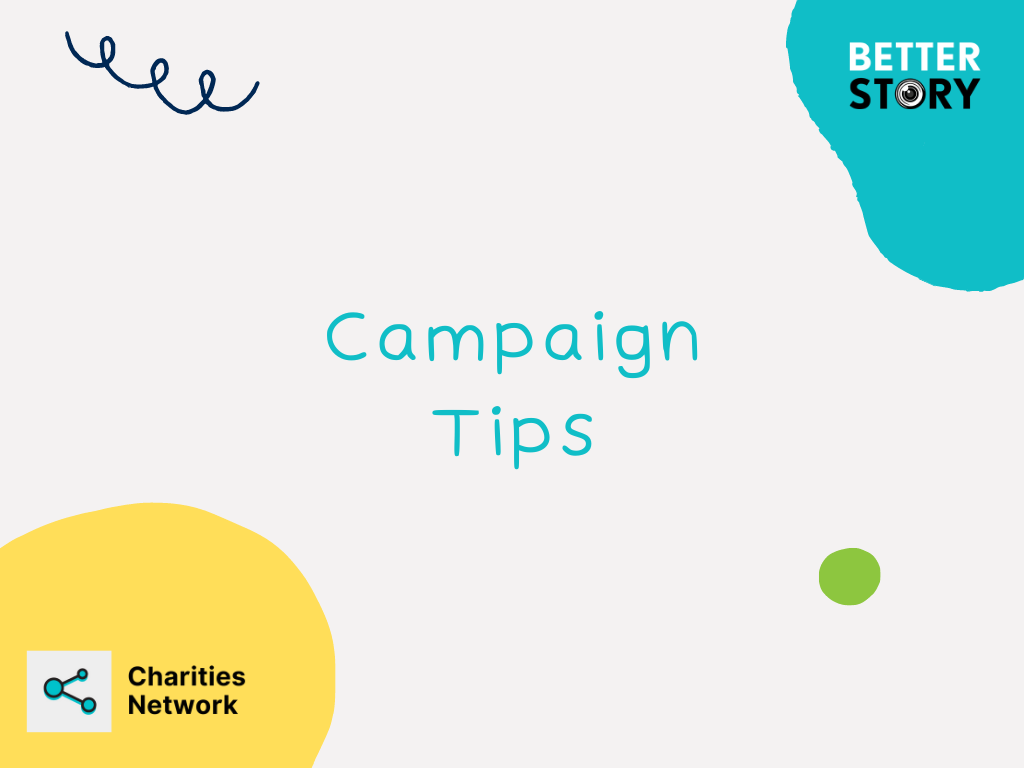Getting your message across to potential donors is hard. In this issue, we’ll look at some of the ways you can build trust and target the right people when fundraising.
What’s inside this issue:
- Trust is key. Here’s how to build it. Charities Aid Foundation
- Know your audience: Campaign tips from Better Story

 charities.network
charities.networkNews & events
The Charities Aid Foundation (CAF) is organising a walk through central London on March 8th, passing by various statues of impactful and interesting women, in celebration of International Women’s Day. The walk is a great opportunity for colleagues across charities to get to know one another – all are welcome.

 charities.network
charities.networkAround the web
“Align the strategy with your charitable mission and resist any temptation to drift away from it.” – a read on 10 ways to ensure your charitable is sustainable.
“In an increasingly digital charity landscape, only a quarter of charity leaders agree they know how to make their online fundraising truly effective.” – some insightful conclusions from CAF’s Charity Landscape Report 2022.
When budgeting for new projects ask yourself these questions.




